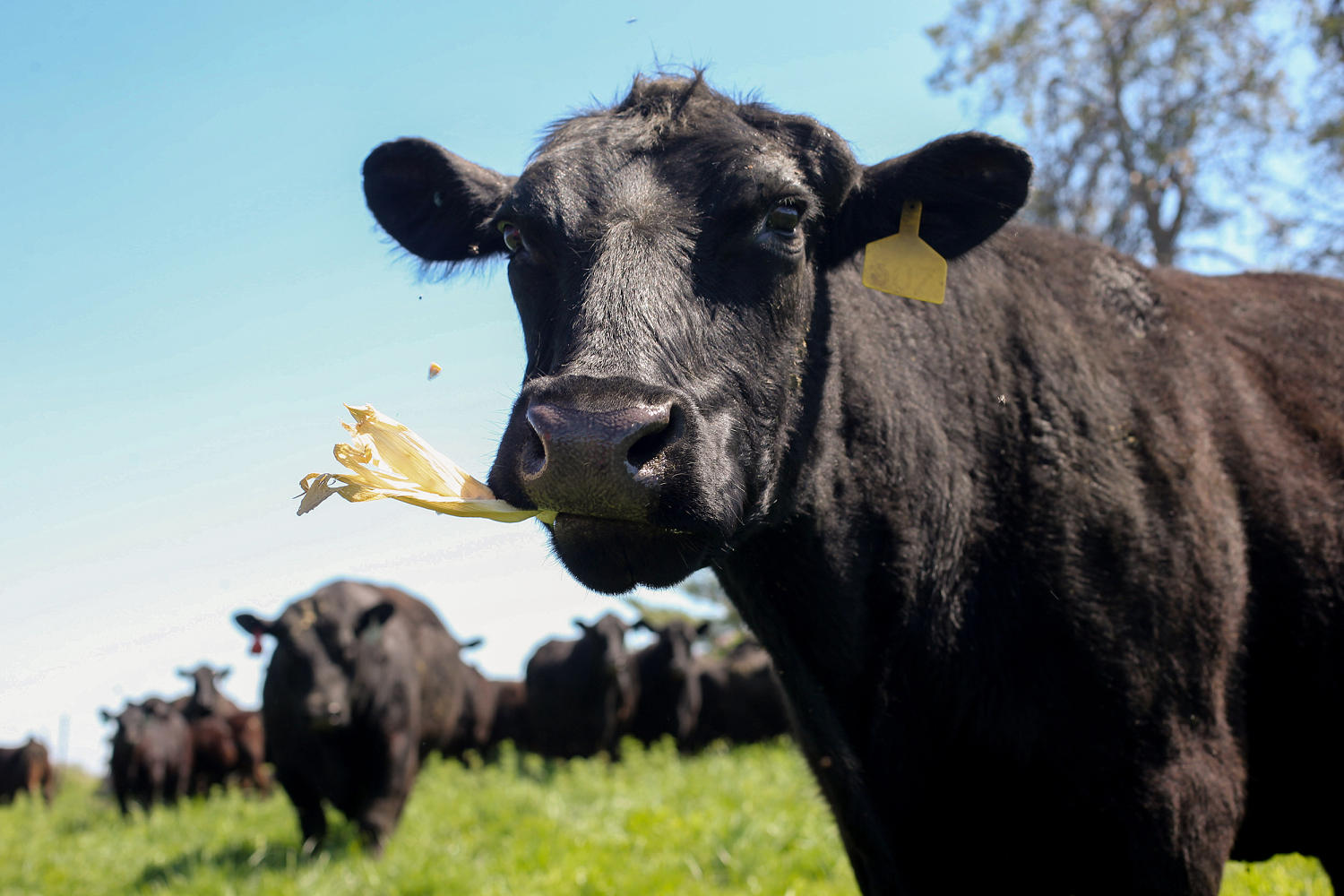
Beef prices are coming in hot this summer.
Steak and ground beef prices just hit record highs, according to June inflation data from the Bureau of Labor Statistics, which has tracked beef prices going back to 1984. Still, demand has stayed strong. Beef is the second most-consumed meat in the U.S., after all, and summer barbecue season is a particularly popular time.
“Peak demand time for beef typically happens around the Fourth of July,” said Bernt Nelson, an agricultural economist at the American Farm Bureau Federation. “Through the second half of the year, demand kind of slows down seasonally for beef.” That means prices could also come down a bit.
But even after Americans put their grills away for the season, the U.S. beef industry will continue grappling with long-term supply issues.
Cattle herds have been shrinking over the last few decades. They dropped another 1% from 2024 to 2025, according to the U.S. Department of Agriculture. The number of beef cows that have calved is also down 1%, reaching a new record low. That means the current cattle herd is the nation’s smallest since 1951, according to the Farm Bureau.
Climate issues have exacerbated the shortage. Agricultural experts say drought over the last few years in the Plains and Upper Midwest has dried up the supply of grass for cattle. It has forced farmers to reduce their flocks, and the cattle count still hasn’t recovered.
“The drought conditions really placed a lot of stress on our farmers and their pastures that they rely on to help feed cattle,” Nelson said. “When this happened, they placed high numbers of females on feed for market rather than holding them back to replace the herd. And so that led us to this slow but steady contraction in the cattle herd.”
Import issues have also restricted the cattle supply. The U.S. government suspended cattle imports from Mexico in May due to the parasitic screwworm affecting cattle there.
More challenges await. President Donald Trump’s threatened 50% tariff on imports from Brazil, slated to start Aug. 1, could tighten supply even more. About 8% of U.S. beef is imported from places like Brazil, Argentina and Australia, said Michael Swanson, Wells Fargo’s chief agricultural economist. With the looming tariffs, Brazilian meatpackers are rethinking exporting to the U.S., according to an industry lobby group.
Ground beef is averaging $6.12 per pound, up 11.84% from a year ago, according to the BLS, meaning a 6-ounce hamburger patty could cost around 24 cents more now than last summer. Steak is averaging $11.49 a pound, up 8.05% from a year ago.
All told, the Agriculture Department predicts beef and veal prices could rise 6.8% overall this year. It expects smaller price increases for pork and poultry.
Companies, in turn, are flocking more to chicken, with fast-food chains like McDonald’s, Wendy’s and Chipotle all offering new chicken options. Tyson Foods, one of America’s largest meat companies, has also recently launched new chicken items.
“When we’ve got an environment that is challenging in beef and you’ve got an environment where there’s probably less availability of beef, it’s helpful and certainly in the total complex to be able to manage that multi-protein, multichannel portfolio,” Tyson Foods Chief Financial Officer Curt Calaway said in a May presentation.
Walmart is shifting its beef strategy, opening its first-ever owned and operated case-ready beef facility last month. The retail and grocery giant says the new facility will help it increase capacity and improve its supply chain, cutting costs and helping consumers get high-quality beef at low prices.
While cattle farmers are trying to rebuild their herds, the recovery for the beef industry may take years, agricultural experts said.
“If I want to have more chickens, I just have to wait three to six months,” Swanson said. “If I want to wait for more cattle, I gotta wait three to four years to get a lot more cattle.”


